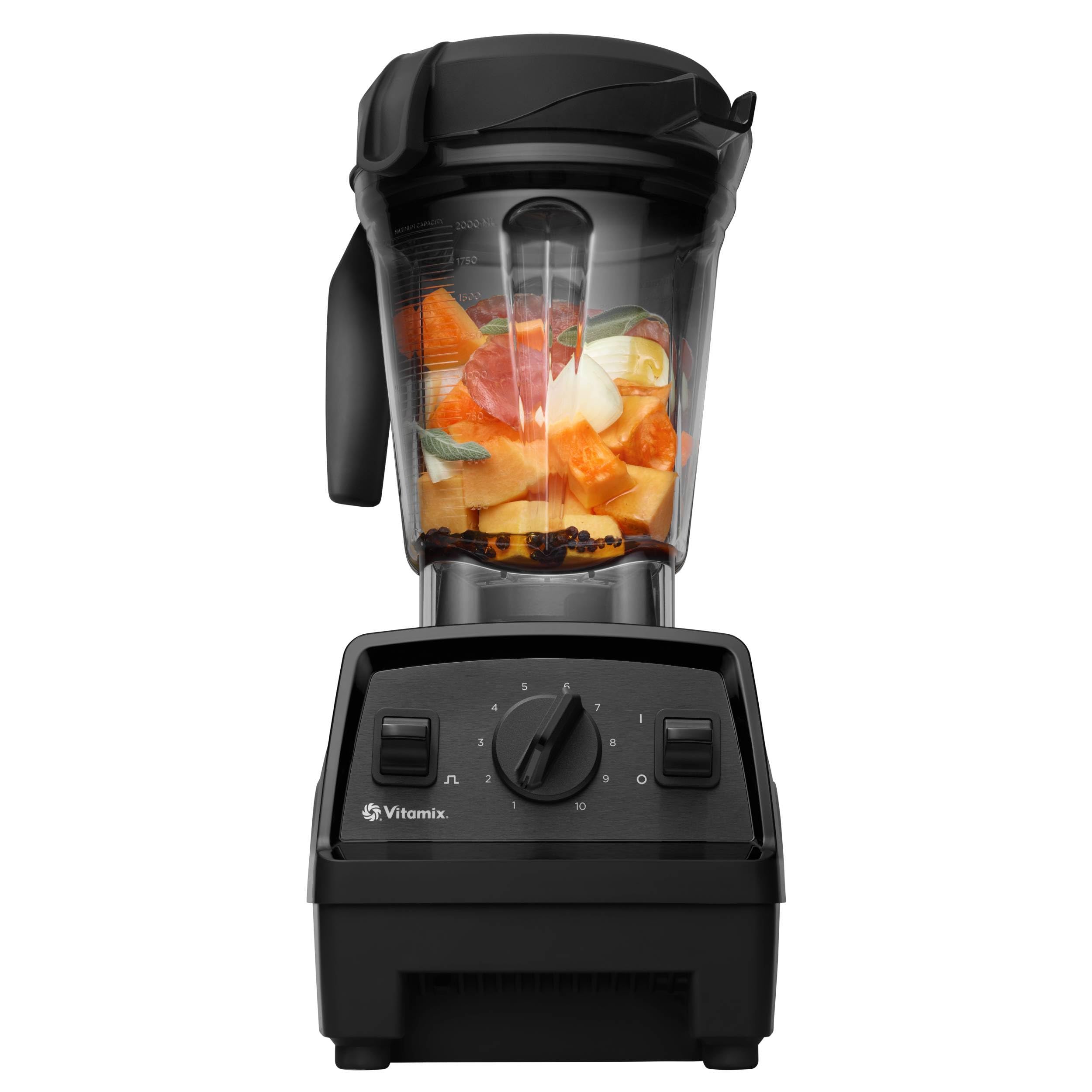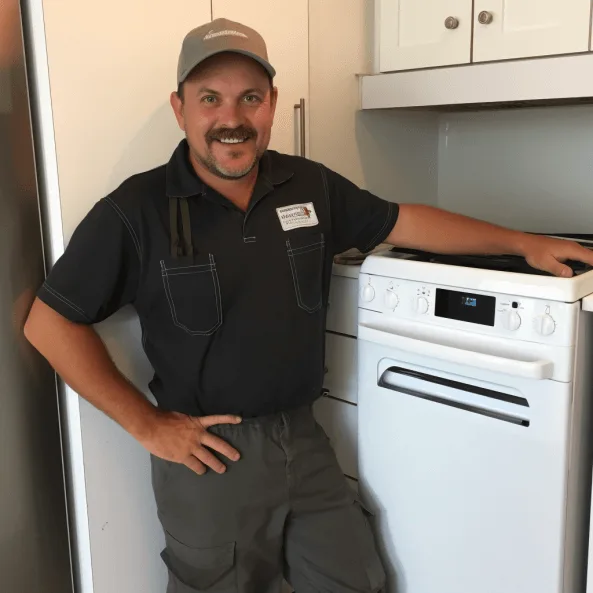Ever wondered how you could harness the power of the wind to cool your home on a scorching day? Picture this: a sleek windmill AC system silently spinning outside, bringing you refreshing breezes without the hefty electricity bill. In this article, you’ll discover the simple steps to install your very own windmill AC and embrace sustainable cooling solutions.
Have you ever found yourself sweating buckets while your AC strains to keep up with the heat? Say goodbye to those sweltering days and hello to energy efficiency. By learning how to set up a windmill AC, you’ll not only reduce your carbon footprint but also enjoy a constant flow of cool air, all thanks to the power of the wind. Get ready to revolutionize your cooling game with this easy installation guide.
Choosing the Right Location
When choosing the location for your windmill AC system:





- Look for areas with consistent wind patterns for optimal efficiency.
- Ensure enough space for the windmill to operate without obstructions.
- Avoid areas with tall buildings or trees that could disrupt airflow.
- Consider placing the windmill on a elevated position for better air circulation.
Remember, the right location is key to harnessing the full cooling power of your windmill AC system.
Gathering the Necessary Tools and Equipment
To install your windmill AC system successfully, you’ll need the right tools and equipment. Here’s what you’ll need to get started:
- Tools:
- Drill
- Screwdriver
- Wrench
- Ladder
- Equipment:
- Wind turbine
- Alternating current (AC) generator
- Charge controller
- Batteries
- Inverter
Remember, having the correct tools and equipment is essential for a smooth installation process.
Assembling the Windmill AC Components
When assembling the components for your windmill AC system, it’s essential to follow the manufacturer’s instructions carefully.
Here’s a simple guide to help you through the process:





- Prepare the Wind Turbine: Start by assembling the wind turbine according to the provided instructions. Ensure that it’s securely anchored and positioned in an area with optimal wind exposure.
- Set up the AC Generator: Connect the AC generator to the wind turbine. This component is crucial for converting wind energy into electricity for your AC system.
- Install the Charge Controller: The charge controller regulates the power flow from the AC generator to the batteries. It helps prevent overcharging and ensures efficient energy storage.
- Connect the Batteries: Properly wire the batteries to store the electricity generated by the wind turbine. Make sure to use deep-cycle batteries designed for renewable energy systems.
- Integrate the Inverter: The inverter converts the DC power stored in the batteries into AC power that can be used to run your appliances. Select an inverter with the appropriate wattage for your system.
- Check the Wiring: Double-check all connections to ensure they are secure and correctly installed. Faulty wiring can lead to system inefficiencies or safety hazards.
- Perform Initial Tests: Before putting the system into full operation, conduct initial tests to verify that each component is functioning correctly. Troubleshoot any issues promptly.
Properly assembling the windmill AC components is crucial for the efficiency and longevity of your system. Remember to prioritize safety throughout the installation process.
Installing the Windmill AC System
To install your windmill AC system, follow these steps carefully:
- Secure the Wind Turbine: Place the wind turbine in a location with optimal wind exposure.
- Set Up the AC Generator: Connect the AC generator to the wind turbine following the manufacturer’s instructions.
- Install the Charge Controller: Mount the charge controller near the AC generator and wire it correctly.
- Connect the Batteries: Attach the batteries to the charge controller to store the generated power efficiently.
- Integrate the Inverter: Connect the inverter to the batteries to convert stored power into usable AC electricity.
- Check the Wiring: Ensure all connections are secure and correct before turning on the system.
- Conduct Initial Tests: Test the system to ensure it’s functioning as expected before regular operation.
Remember, proper installation is crucial for the efficiency and longevity of your windmill AC system. Always prioritize safety throughout the installation process.
Testing and Maintenance
After successfully installing your windmill AC system, it’s crucial to conduct regular tests and maintenance to ensure optimal performance and longevity. Here are some key points to consider:
- Scheduled Inspections: Regularly check all components of the system for any signs of wear or damage.
- Clean the System: Keep the wind turbine blades clean to prevent dirt buildup that can affect efficiency.
- Monitor Power Output: Use a power meter to track the energy produced by your system and ensure it meets your needs.
- Inspect Wiring: Look for loose connections or frayed wires that could compromise the system’s safety.
- Check Inverter Settings: Ensure the inverter is set up correctly to convert stored power efficiently.
- Battery Maintenance: Monitor battery levels and perform routine checks to prolong their lifespan.
- Safety First: Always prioritize safety when performing maintenance tasks to avoid accidents.
Importance of Regular Testing
Regular testing is essential to identify any issues early on and prevent major malfunctions. Here are some reasons why testing is crucial:





- Early Detection: Testing helps catch potential problems before they escalate, saving you time and money.
- System Optimization: By monitoring performance, you can fine-tune settings for maximum efficiency.
- Safety Assurance: Regular testing ensures that your system operates safely and reliably.
Data and Statistics
| Statistic | Value |
|---|---|
| Average windmill AC system lifespan | 20-25 years |
| Recommended maintenance frequency | Every 6-12 months |
Ensure you incorporate these testing and maintenance practices to keep your windmill AC system running smoothly for years to come.
Conclusion
You’ve learned about the essential steps for maintaining your windmill AC system post-installation. Remember, regular testing and upkeep are key to its longevity and efficiency. By following the recommended maintenance frequency and prioritizing safety, you can enjoy a smooth-running system for up to 25 years. Keep an eye on power output, wiring, inverter settings, and battery health to catch any issues early. Scheduled inspections and cleanliness are crucial for optimal performance. With these practices in place, you’ll ensure that your windmill AC system continues to provide reliable cooling for your space.
Frequently Asked Questions
What is the average lifespan of a windmill AC system?
The average lifespan of a windmill AC system is 20-25 years.
How often should windmill AC systems undergo maintenance?
Windmill AC systems should undergo maintenance every 6-12 months.
Why is regular testing and maintenance essential for windmill AC systems?
Regular testing and maintenance are crucial for early issue detection, system optimization, and ensuring safety and reliability.

Hi, I’m Charlie, and I cover all things laundry here at Appliance Mastery.
I’ve spent over eight years working on washing machines, dryers, and dishwashers. I also have a degree in mechanical engineering, which helps me understand how these appliances really work.
I try to make every guide clear and practical. If you’re stuck with a noisy dryer or a leaking washer, I’ll help you figure out what’s wrong and how to fix it.
